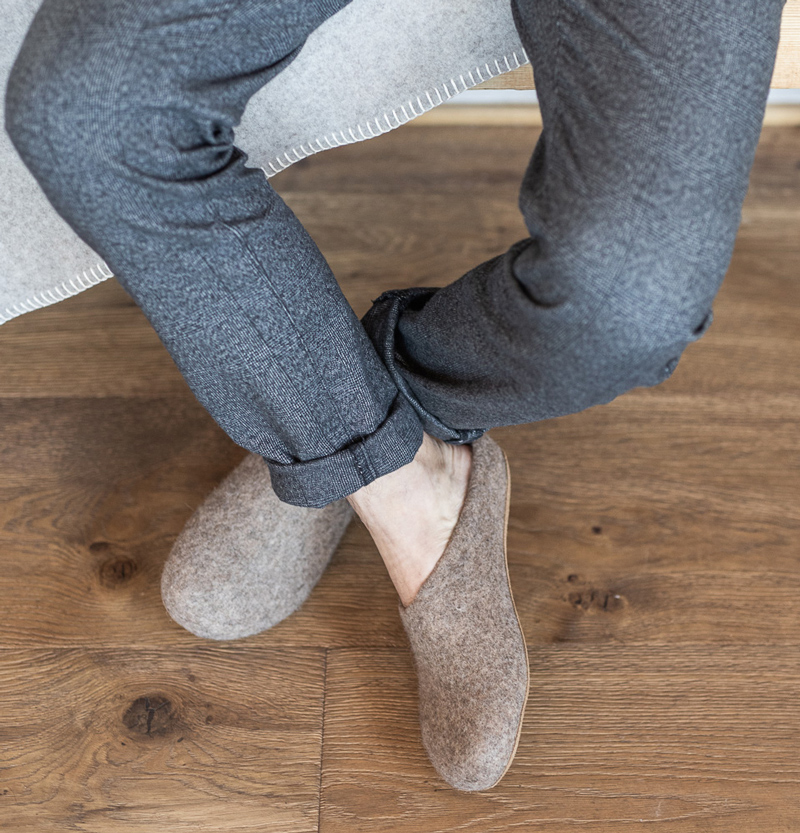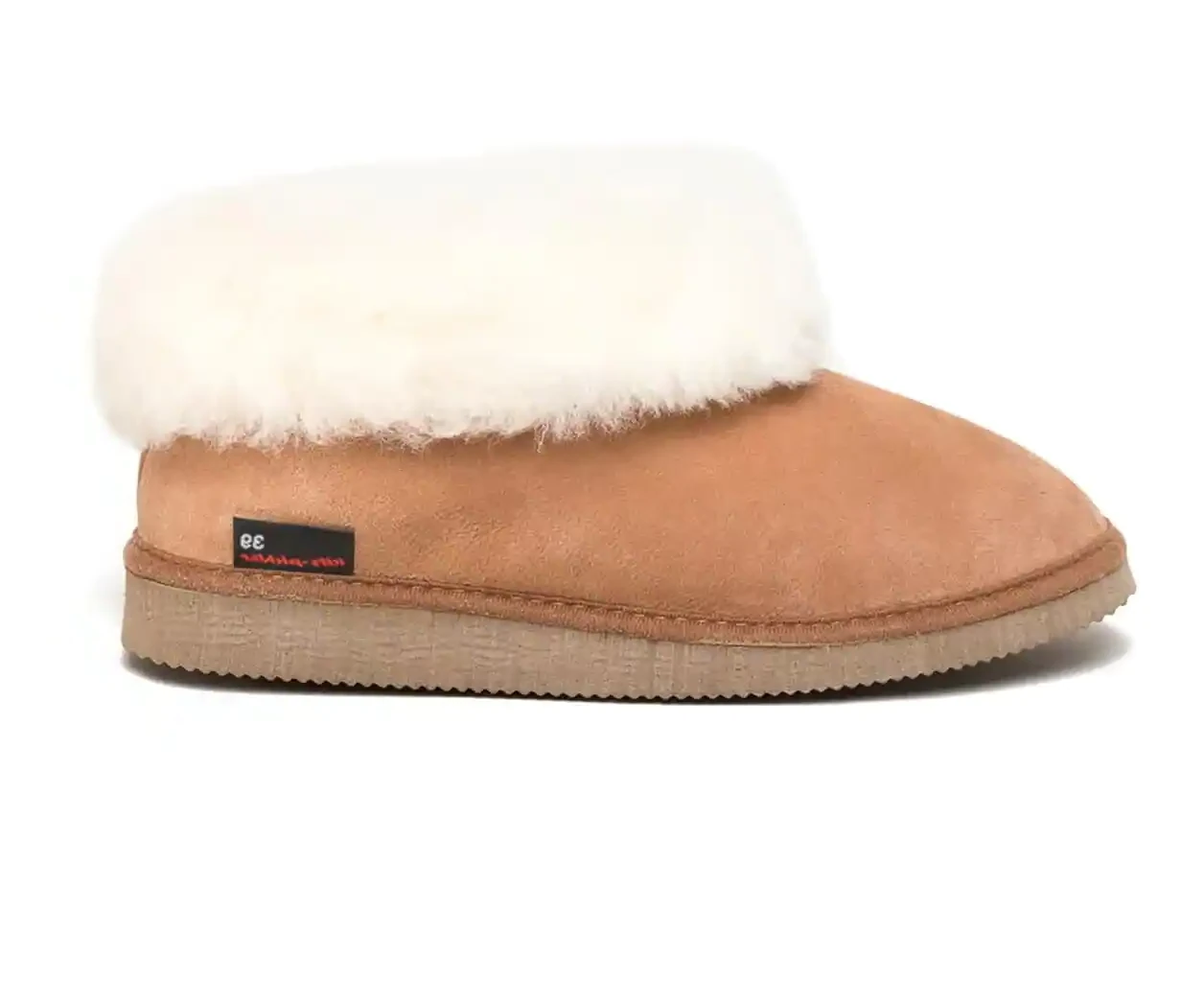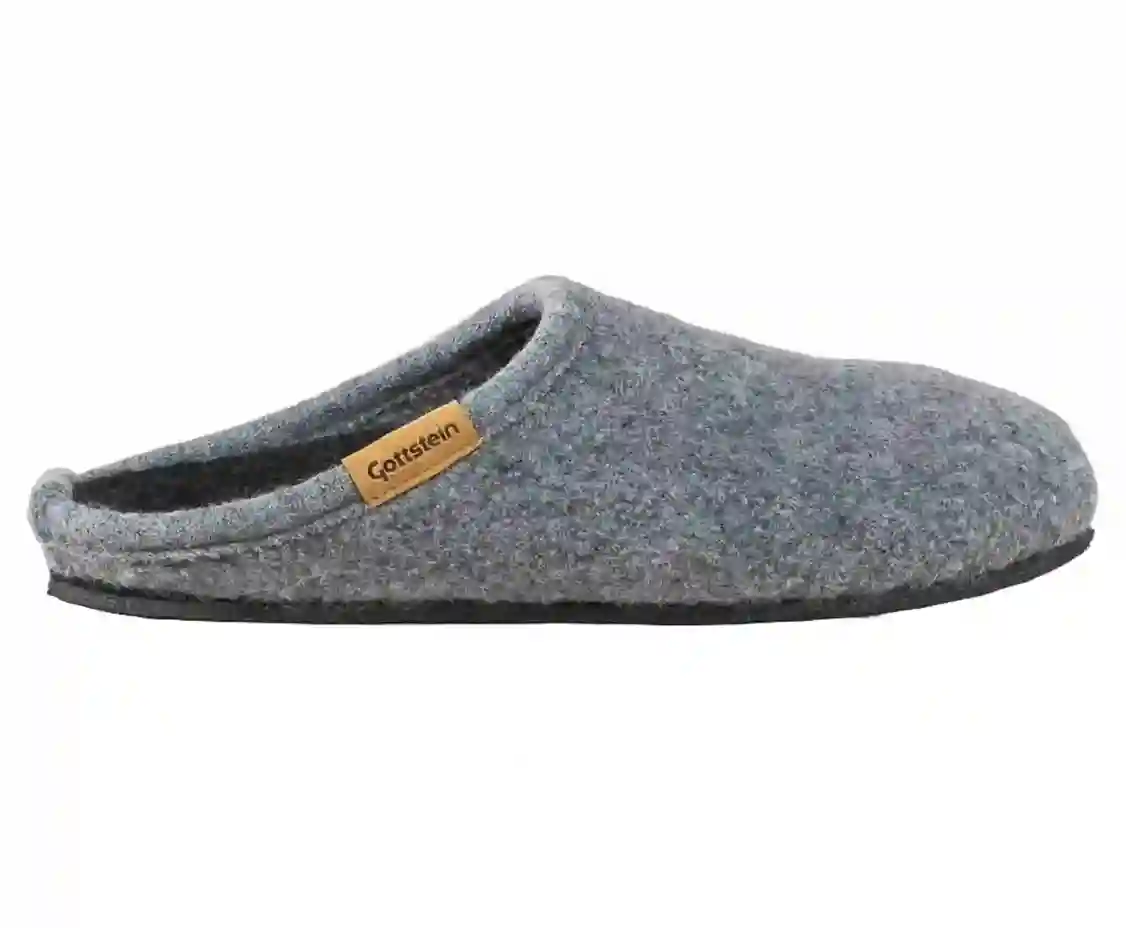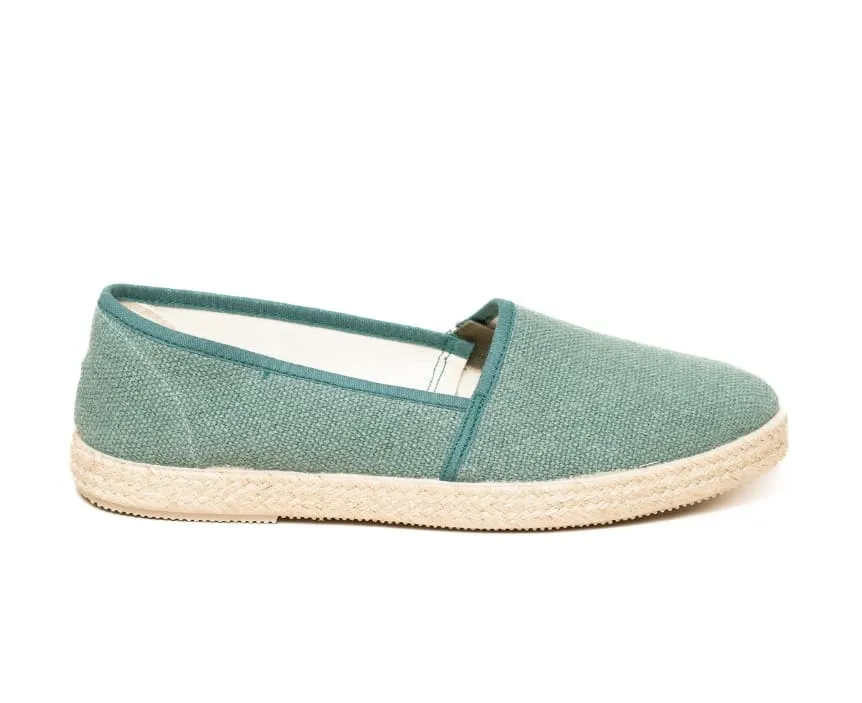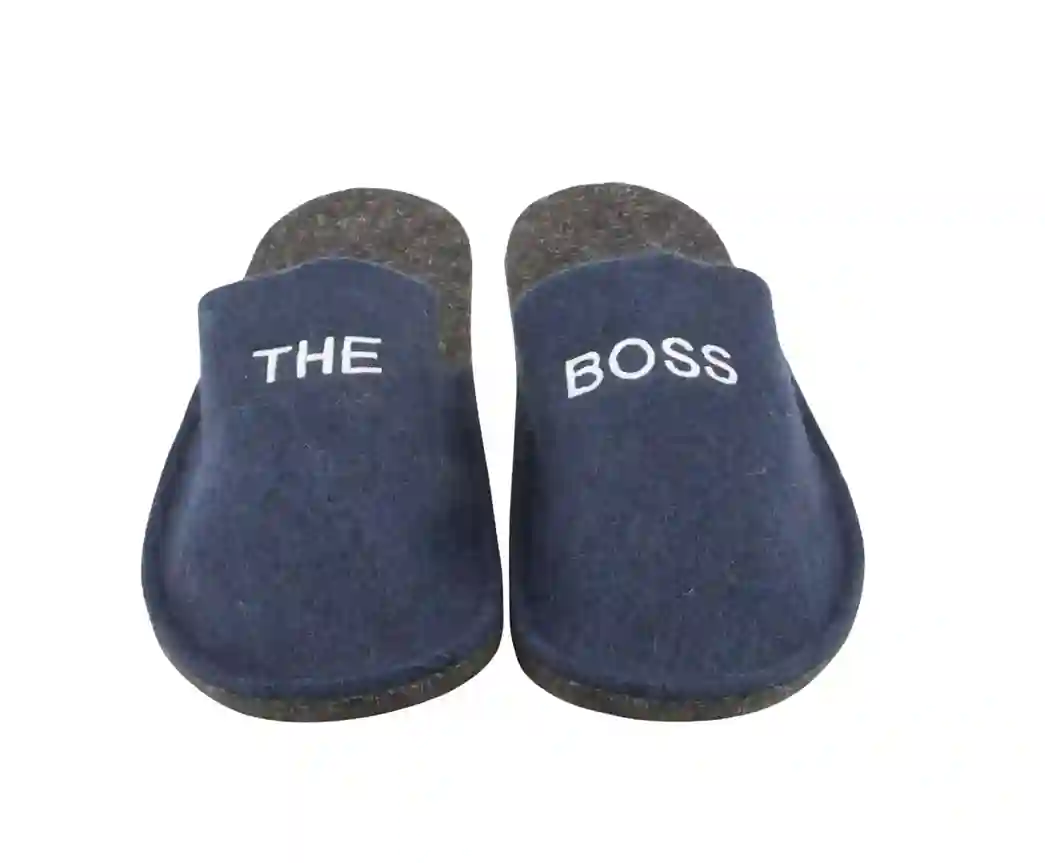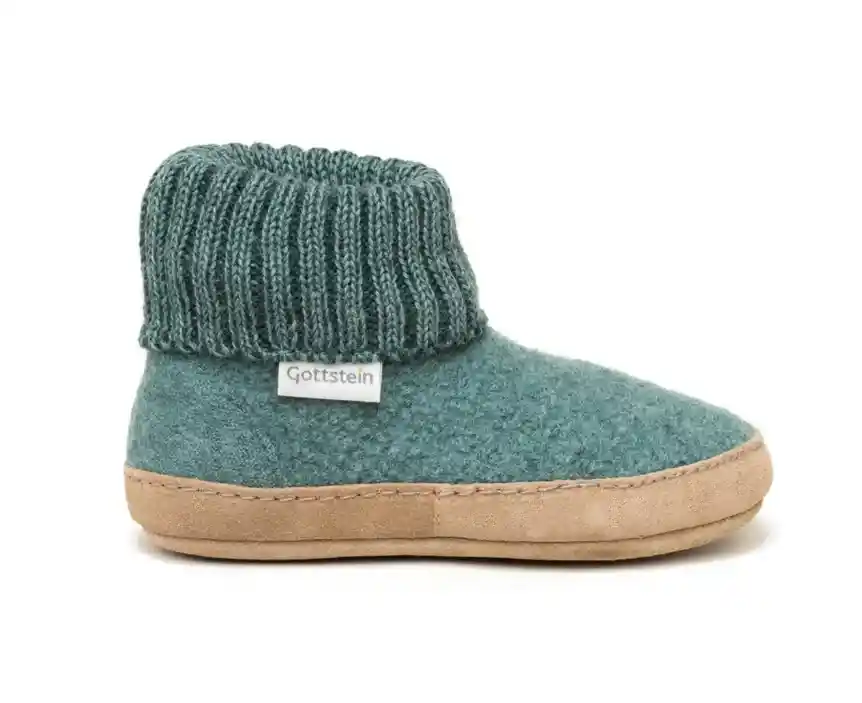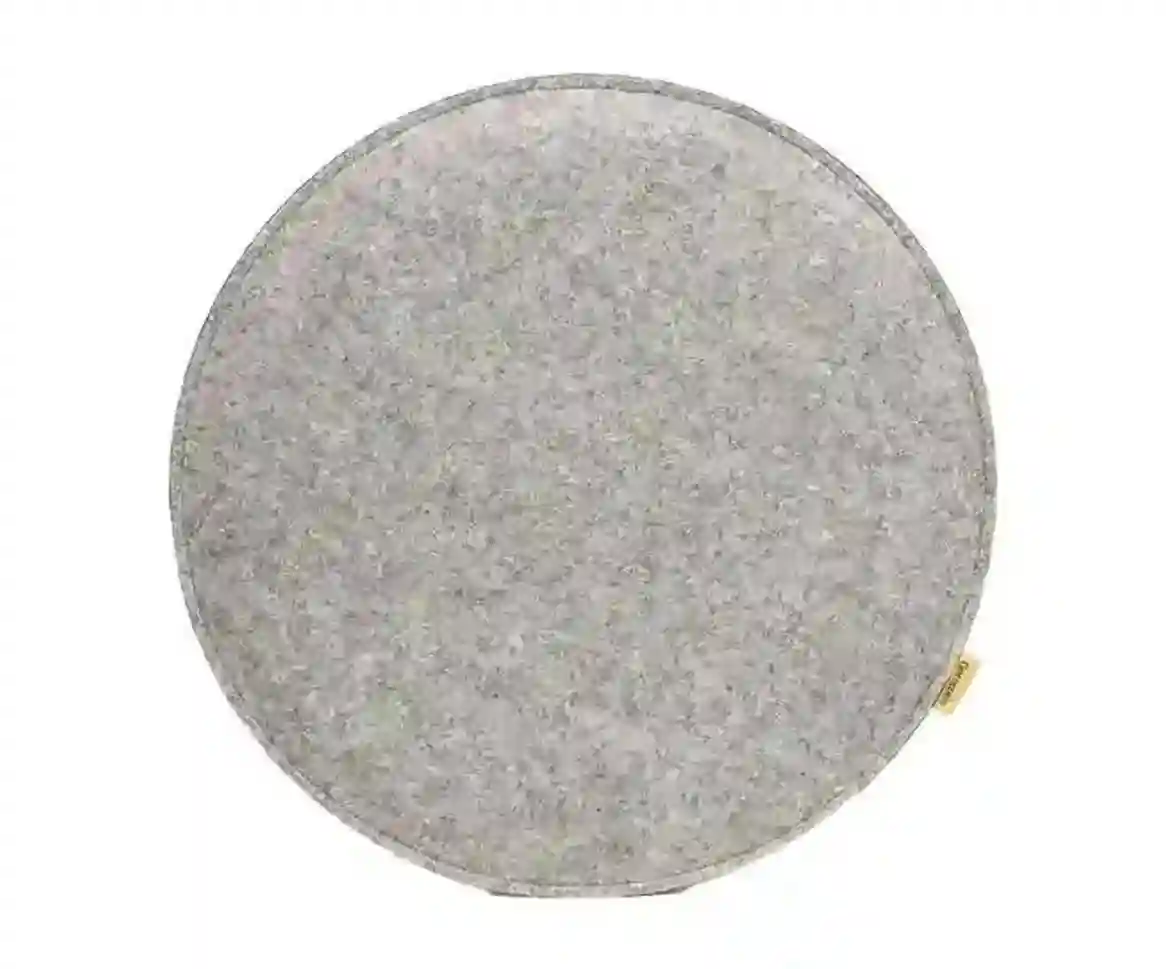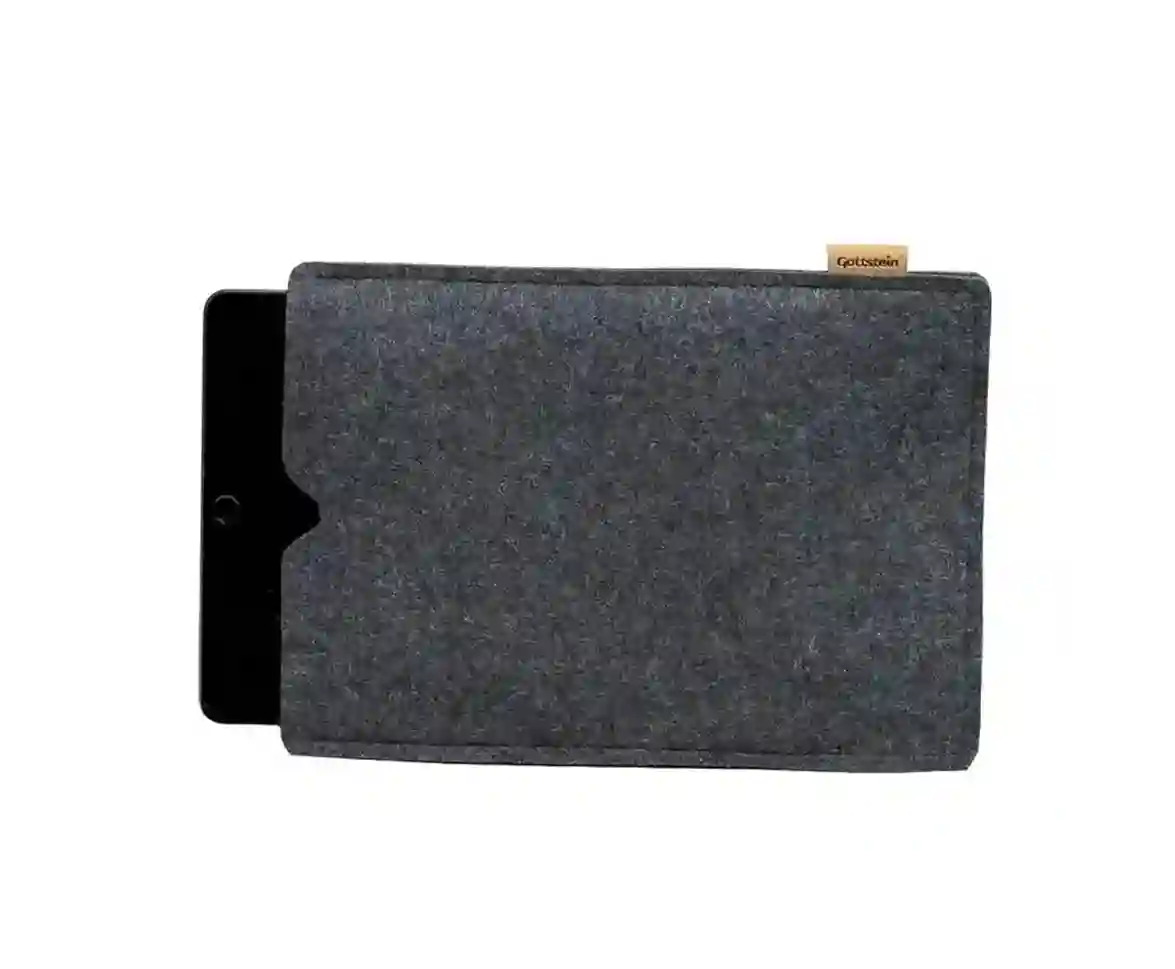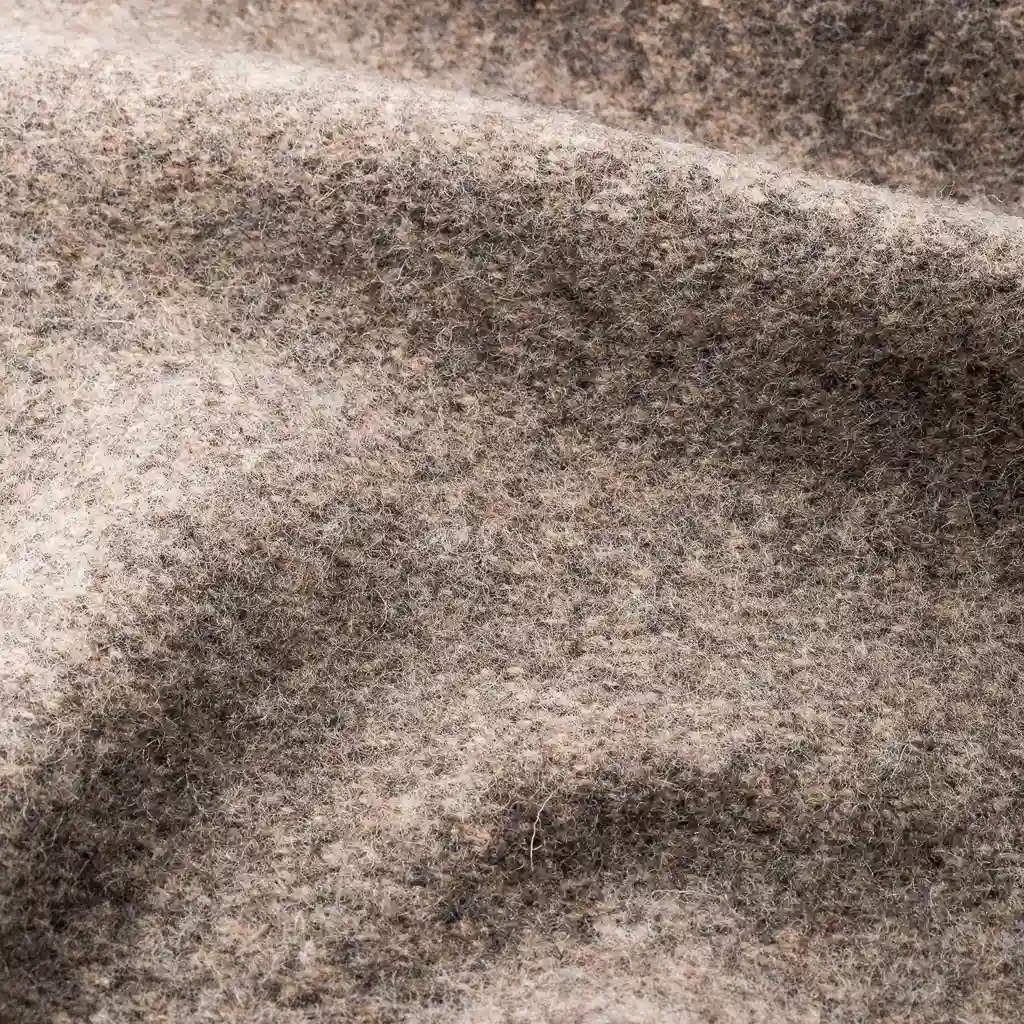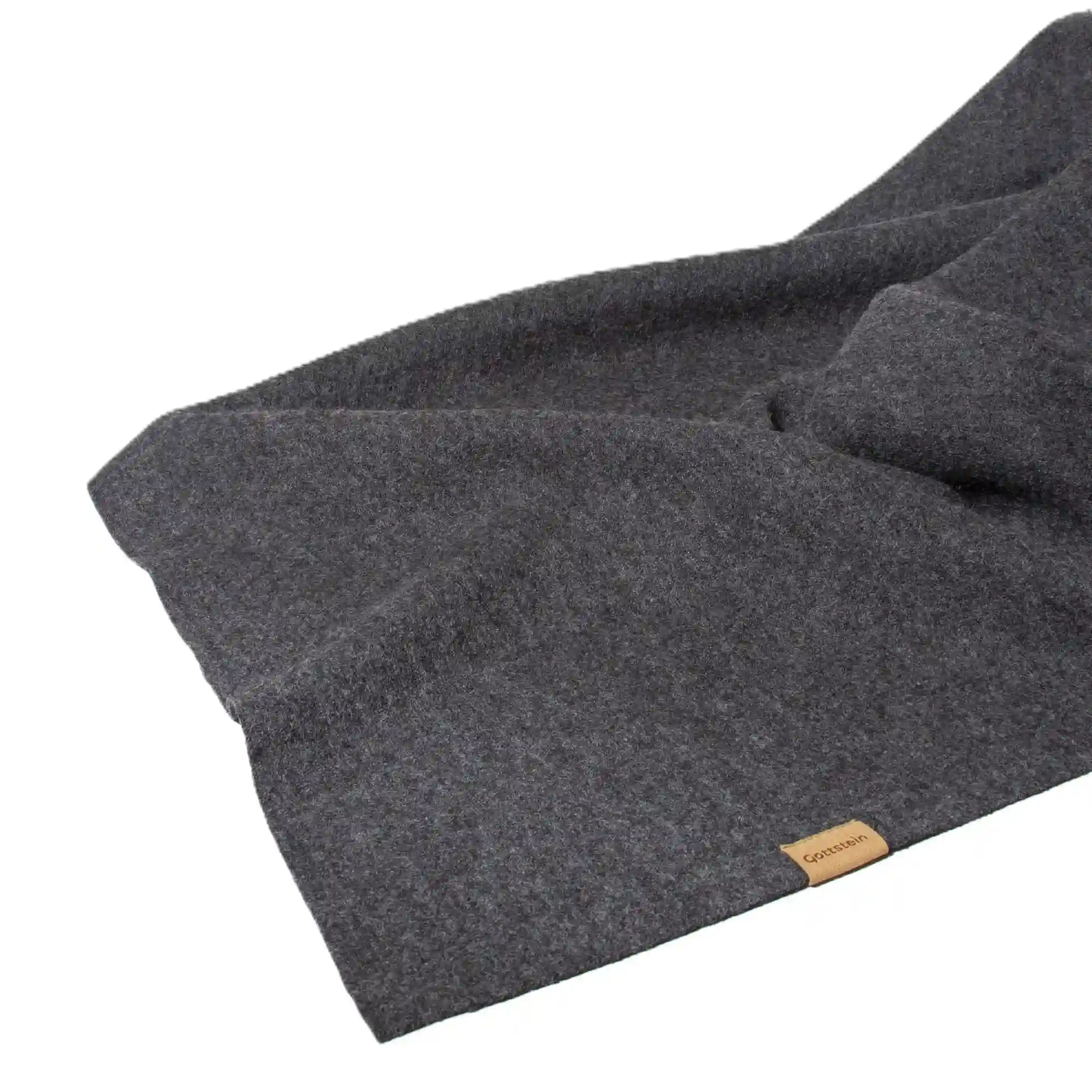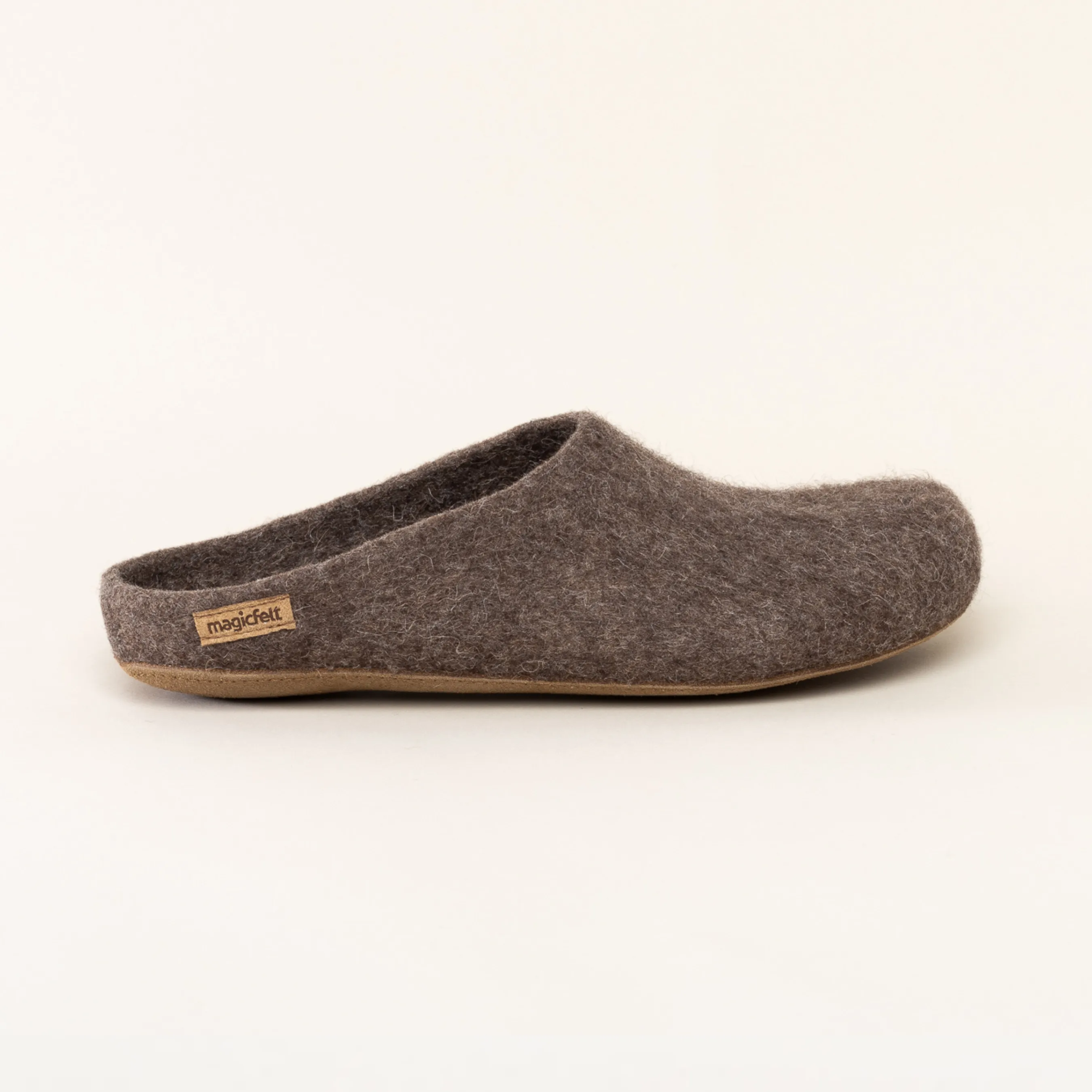The camel wool
Camel wool is temperature-balancing and suitable for wearing in summer and winter. In addition, camel wool has a very low wool fat content (lanolin) and is well suited for allergy sufferers.
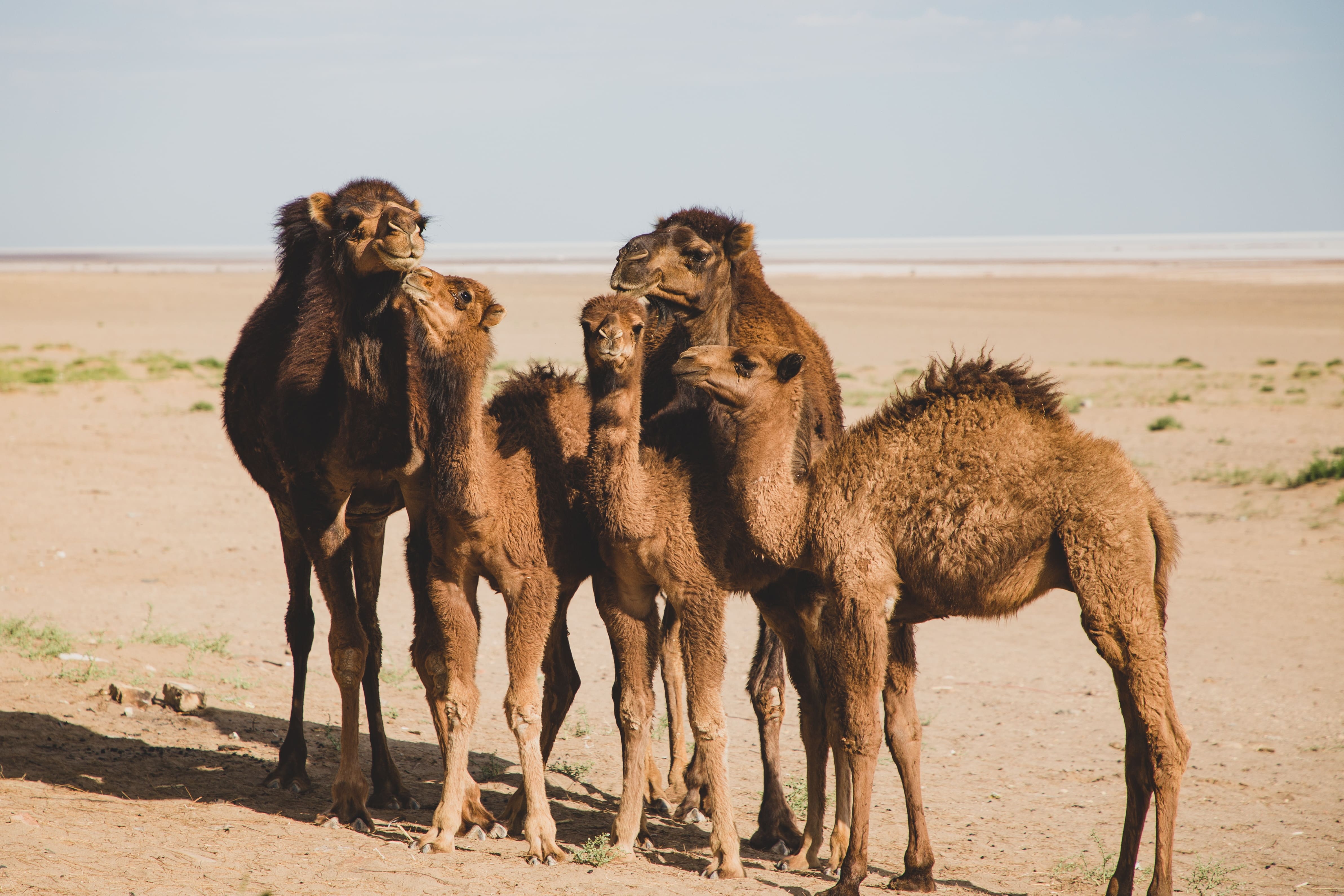
The colour of camel wool
Camel wool comes in many different earth colours. These can be yellowish, reddish to brownish. Camel wool is 17-22 microns fine and therefore has a very similar fineness to cashmere wool. Camels simply strip their wool and do not need to be shorn.
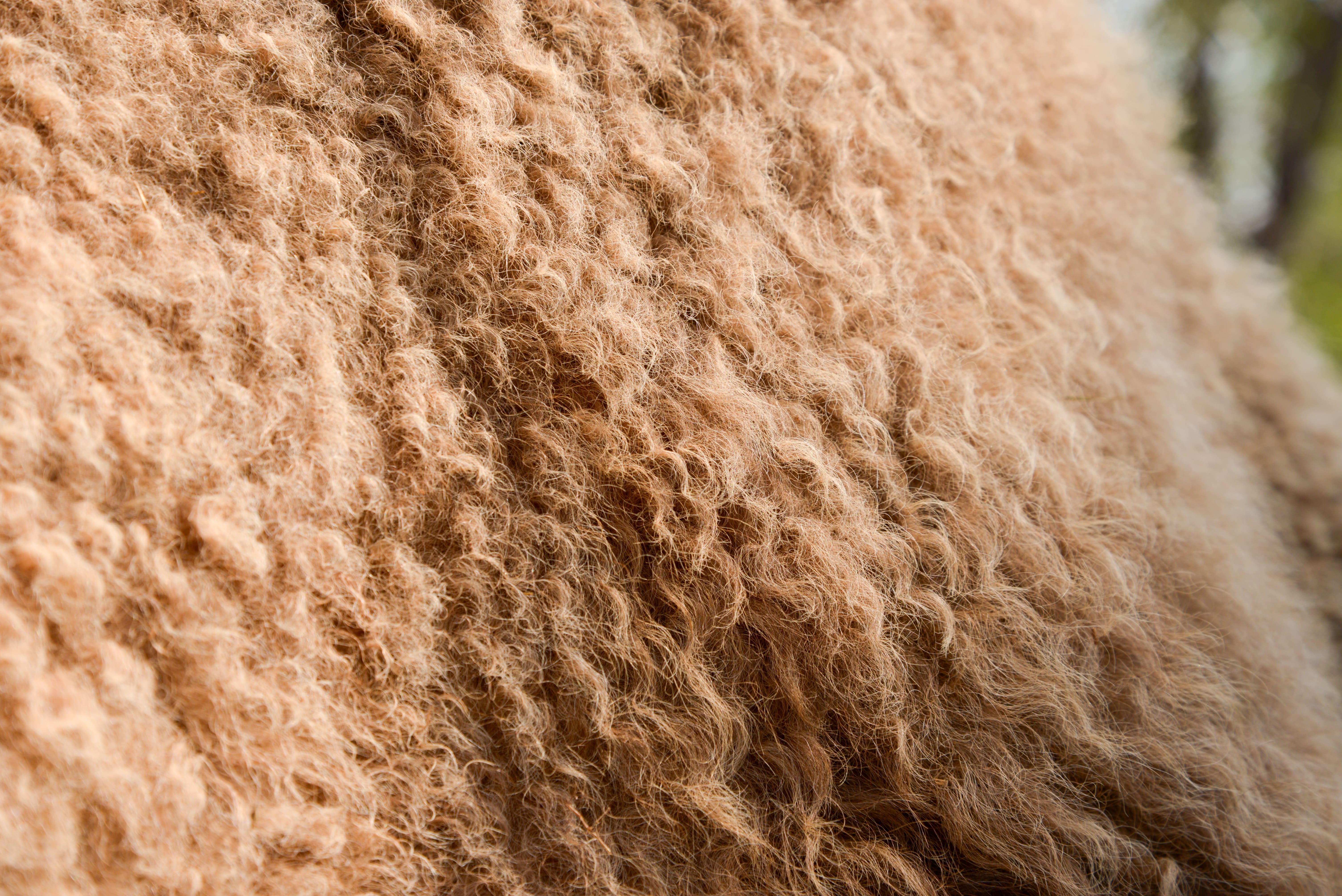
The properties of camel wool
The temperature-regulating camel wool cools in summer and warms in winter. Camel hair is a hollow fibre, so camel wool absorbs moisture very well. Camel wool is easy to care for and has self-cleaning properties. It is low in lanolin and suitable for allergy sufferers.
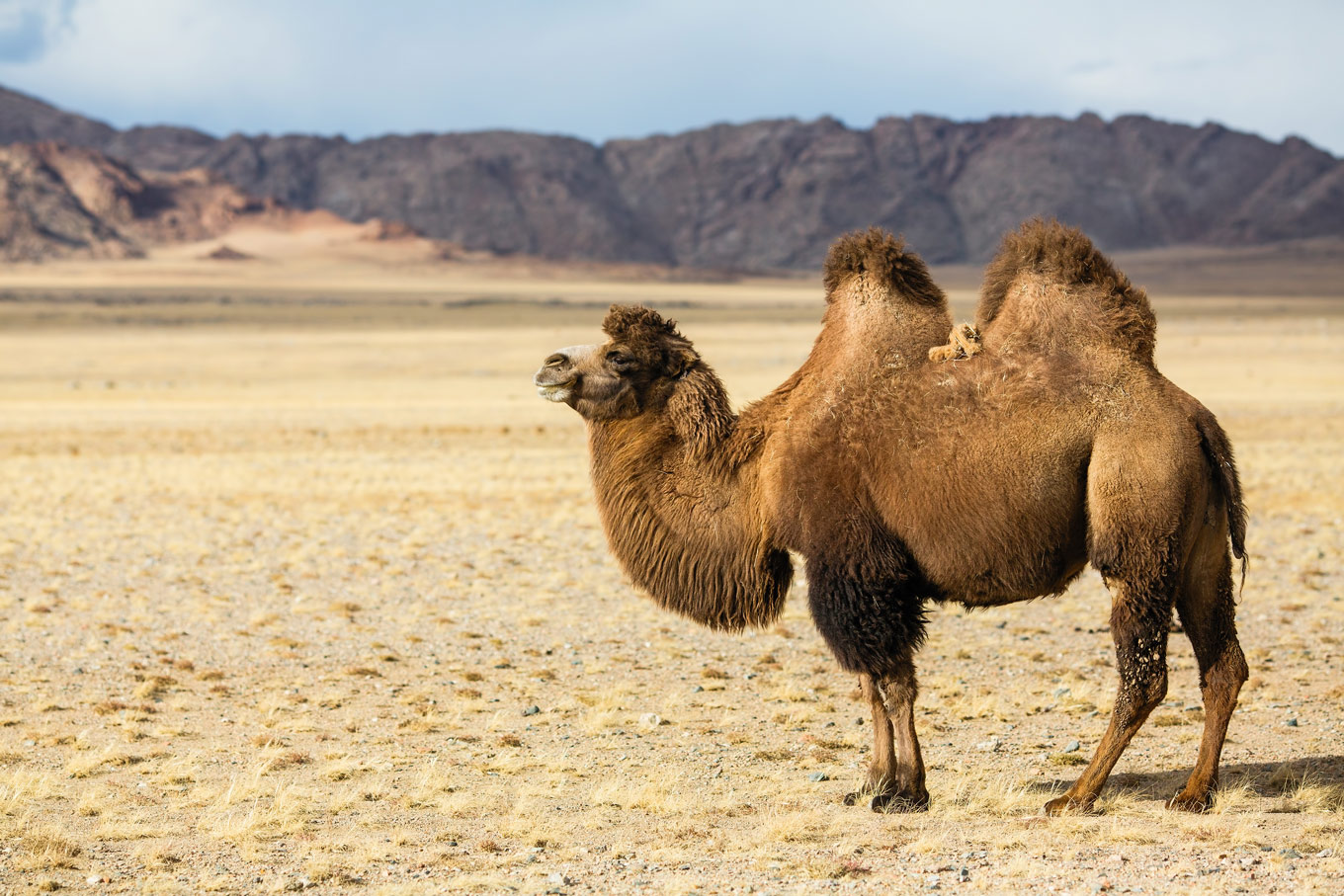
The origin of camel wool
Camels are survival artists and today live in areas between North Africa, Central Asia, Mongolia and Australia. Camels can cope with enormous temperature fluctuations from +50°C to -30C without any problems. Camels are instrumental in nomadism.
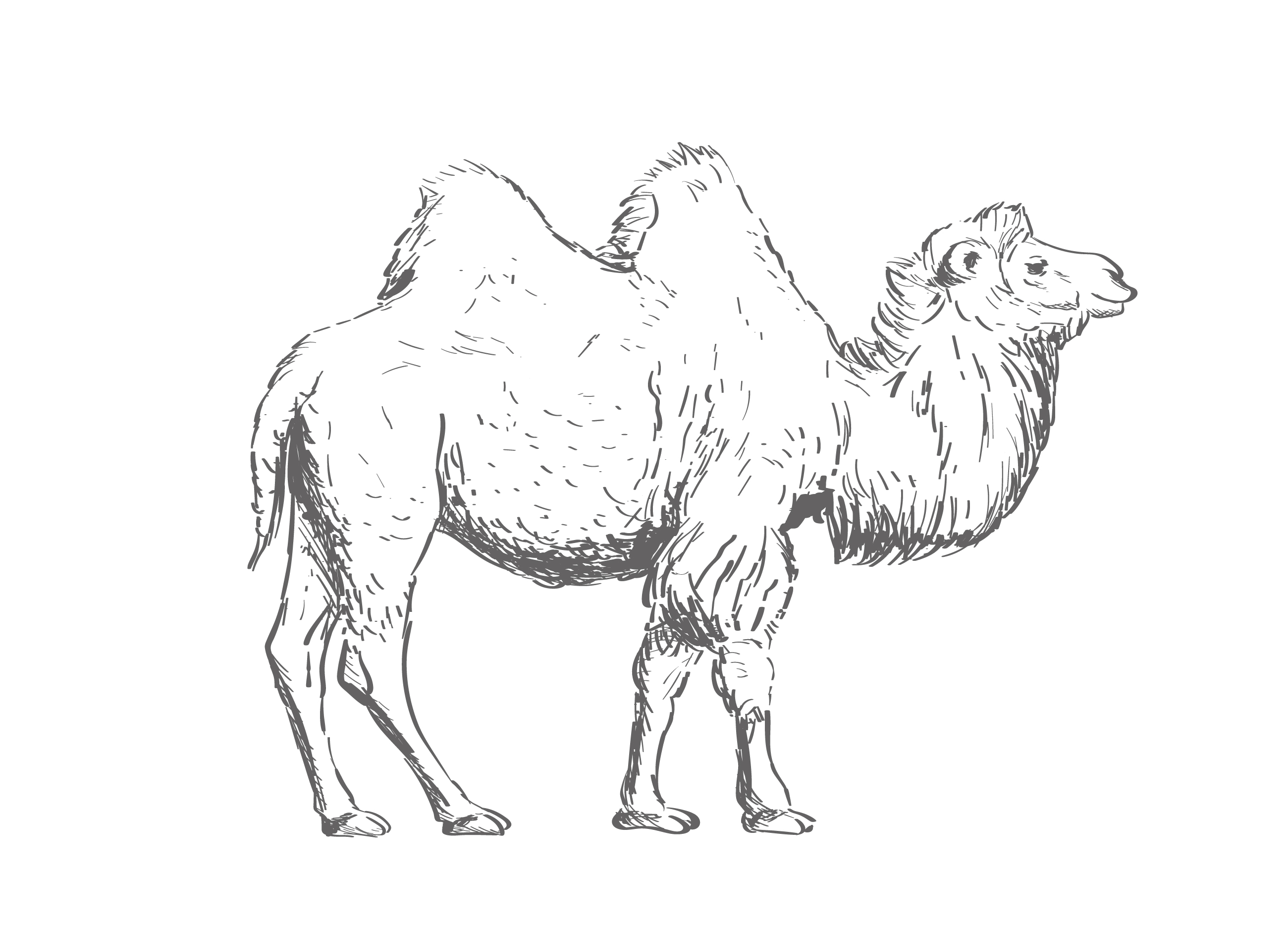
The physical characteristics of the camel
Camels are both oafs with two humps and dromedaries with one hump. The valuable camel wool is derived from the so-called Bactrian camel. Camel wool is much finer than that of the related dromedary. Camels come in colours ranging from yellowish, reddish to brownish, thus offering a wide spectrum of earthy colours. Camel wool is not sheared, because the animals shed their hair in spring when they change their coat. So camel wool can simply be picked up and brushed out. The wool yield per camel is about 5-7 kg.
